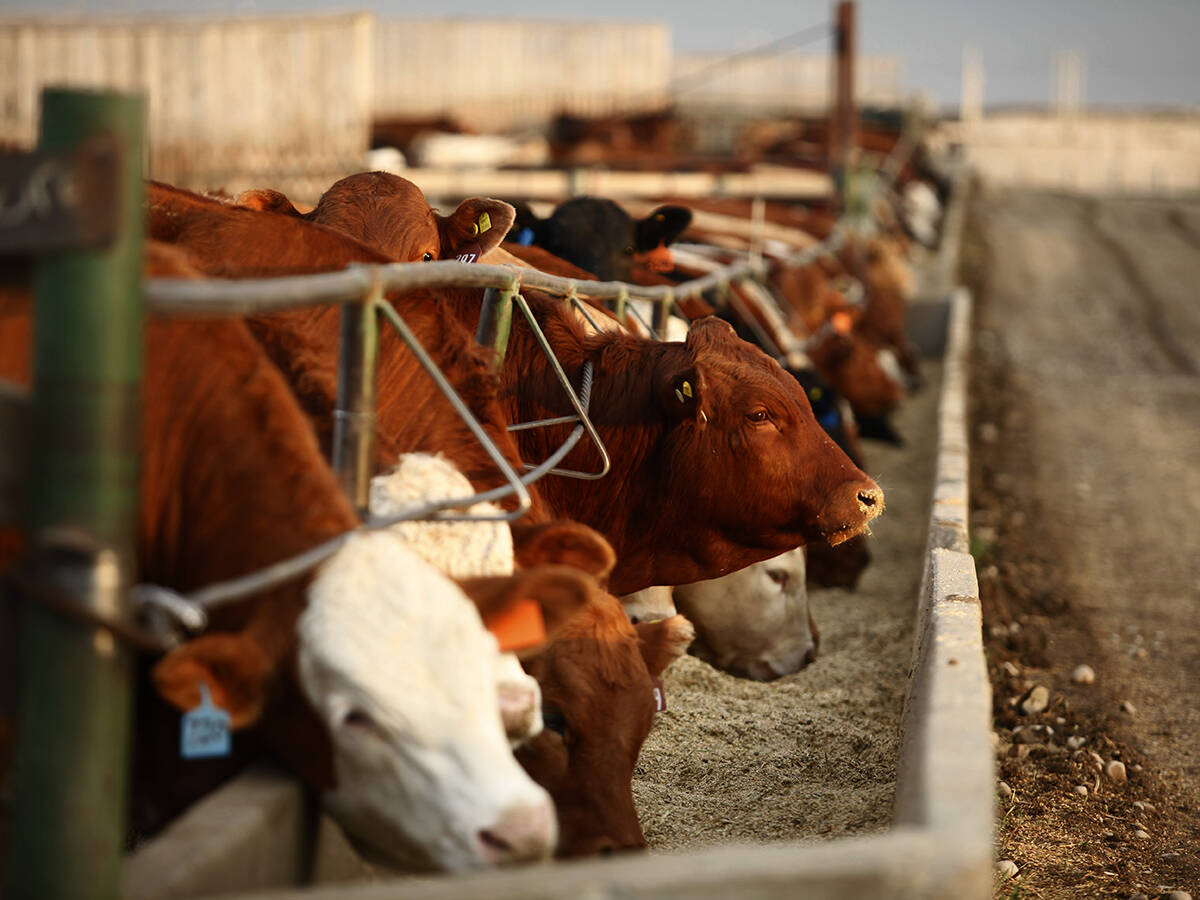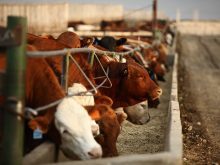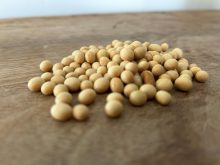Every year for at least the past decade, Cal Whewell has provided his unique insights into the grain markets at the Grain Farmers of Ontario annual meeting. It’s unique because Whewell offers both U.S. and world perspectives on the commodity markets. And despite the occasional homespun quip that draws a laugh or two, it’s a rapt audience that hangs on his every word.
Here at this year’s GFO March Classic, Whewell, a risk management consultant with FCStone at Perrysburg, Ohio, spoke of many impacts of the 2012 drought. For starters, there is a determination, on the part of the U.S. Department of Agriculture as well as of farmers across most of the eastern Corn Belt, to do their part to boost the number of acres planted to corn.
Read Also

U.S. livestock: Cattle extend gains on improving cash prices, packer demand
Reuters — Chicago Mercantile Exchange live cattle futures set a three-week high and feeder cattle hit their highest level in…
Recent Drought Monitor maps indicate that Ohio, Michigan, Indiana and most of Illinois have all been downgraded from “excessively dry” or even short-term dryness. But Iowa, Nebraska, South Dakota, Kansas and Oklahoma are all still suffering from severe drought — although conditions appear to have improved slightly from March 5 to 19.
In spite of expectations calling for 97 million acres of corn to be planted, USDA recently set its yield estimates for 2013 at 123.4 bushels per acre. Not only would that be the lowest in five years — and continue a trend of three consecutive years of decreased yields — it would effectively drop the carryout for the year to 632 million bu., a level reminiscent of 1995-96, when U.S. carryout was just 426 million bushels. That year, the price of corn jumped to unprecedented levels of US$4/bu. (over C$7), with hog producers searching for feed alternatives while ethanol plants across the U.S. began shuttering their operations, waiting for healthy corn yields to drop the price.
Keep in mind also that last year’s average yield of 147.2, and a faltering production level of 12.36 billion bu., raised the average farm price for corn to $6.22, with a high mark above $8/bu. But what may halt that scenario from taking shape is the increased corn production in countries such as Brazil, Argentina and Ukraine. Production in those countries is bolstering global stocks in the face of falling production levels in the U.S.
“The challenging part of that competition is in the export business, coupled with the ‘plateauing’ of the ethanol industry, and that just spells problems,” says Whewell. “If we’re going to continue to grow more per acre, how do we move it? Where do we go with it? And if corn goes to $3/bu., will you see corn grown in Brazil and Argentina the way you are today, or are they only our competition at $8? If that’s the case, and they go away, we could see our exports come back, but they (exports) come back at lower prices.”
Asked if he sees that actually happening — that the other countries will decrease their corn production — Whewell says that he does not. The fact is that everyone else is growing corn, and they like to sell it.
There are other key factors influencing the commodity picture in South America and Ukraine. One is price discounts and the other is available farmland. Right now, says Whewell, new-crop corn in Brazil and Argentina is selling for 90 cents per bushel cheaper than U.S. corn priced on the Chicago Board of Trade (CBOT).
On the land-base front, Brazil has 400 million acres of what’s mostly pasture that farmers are now aiming to bring into row-crop production. Whewell points out that critics have said only 20 per cent of that land is useful, which he counters, noting that that’s still 80 million acres of viable farmland. In the Ukraine, they have 102 million hectares — or 250 million acres — of farming ground that Whewell says is “as good as there is in the world.” And 82 million acres — nearly a third — of that ground is untouched.
“I’m a little nervous about this story moving forward,” says Whewell. “Ten or 13 years ago, the U.S. had two-thirds of this business; today, the U.S. holds 20 per cent. Will it get there again? Only if the rest of the world fails miserably.”
Coming up: The soybean and wheat outlook.
— Ralph Pearce is a field editor for Country Guide at St. Marys, Ont.














